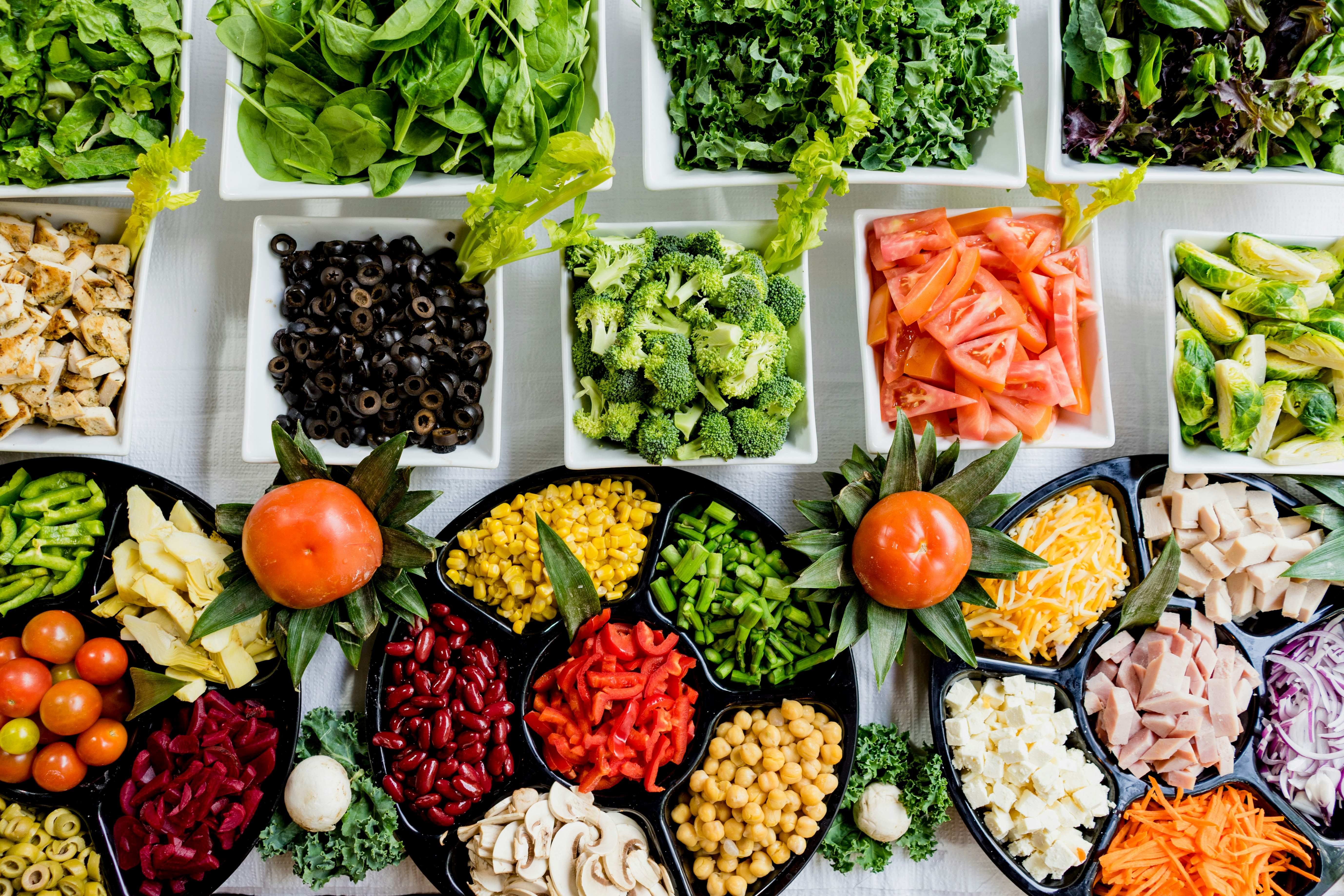KKR Stock Outlook: Possible Weak Earnings but Long-Term Upside Potential
$119.40
KKR Stock Outlook: Possible Weak Earnings but Long-Term Upside Potential
08 Nov 2025, 19:40

Unsplash.com

Inflation in September fell below target in the UK and the eurozone, it fell to the lowest in the U.S. since early 2021. But this went mostly unnoticed.
Food inflation reversed its steady decline and stated to increase. In the UK, inflation of food and non-alcoholic beverages rose to 1.9 per cent from 1.3 per cent in September and this marked the first increase since March 2023, according to official data published this week.
Food inflation in the Eurozone for the same period increased 0.1 percentage point to 1.6 per cent which followed no change in August and 16 months of almost uninterrupted decline
This comes as wholesale food prices stopped declining at the start of the year and started rising again, according to the FAO index. Trends in food wholesale prices lag consumer prices by a few months as items flow through the supply chain, so what’s coming is not encouraging.
In September, the FAO Food Price Index rose to 124.4, up 3 per cent from August, which marked the largest month-on-month increase since March 2022. Price quotations for all commodities included in the index strengthened, with the increases ranging from 0.4 per cent for the meat price index to 10.4 per cent for sugar. “The reasons that food prices are rising again are mainly climate related,” said Tomasz Wieladek, chief European economist at T Rowe Price.
The FAO goes into more detail, quoting worsening crop prospects in Brazil following prolonged dry weather and fires that damaged sugarcane fields in late August, as the main drivers of the increase in global sugar prices. Palm oil prices increased due to lower production forecasts in Southeast Asia and the extremely wet conditions in the U.S. and Canada pushed up wheat prices.
This really matters to policymakers as “consumers form their inflation expectations based on food price inflation because this is a repeated transaction they face every week,” said Wieladek.
This is in line with a paper published by the Bank of England last week that found “over 60 per cent of households report that their inflation perceptions are heavily influenced by food prices”. Inflation expectations matter for spending behaviour and wage demand. Higher food prices have a disproportionate effect on households because there is little scope to avoid buying groceries, and because what you spend on subsistence comes out of what you can spend on other things.
In the UK, food prices are about one-third higher than at the start of 2021, they are nearly 30 per cent above that level in the eurozone and 23 per cent up in the US.
Food price levels are elevated
A bottle of olive oil in the UK, for example, cost on average £3.50 in early 2021, but now costs £9.20, according to the ONS. These are increases that many people have not experienced before. And now the trend could be up.
Claus Vistesen, economist at the consultancy Pantheon Macroeconomics thinks that eurozone food inflation “is now likely rising slightly consistent with a lagged response to surveyed selling price expectations.”
“We think food inflation will rise gradually from here on, but slowly.”
(Source: FT.com)